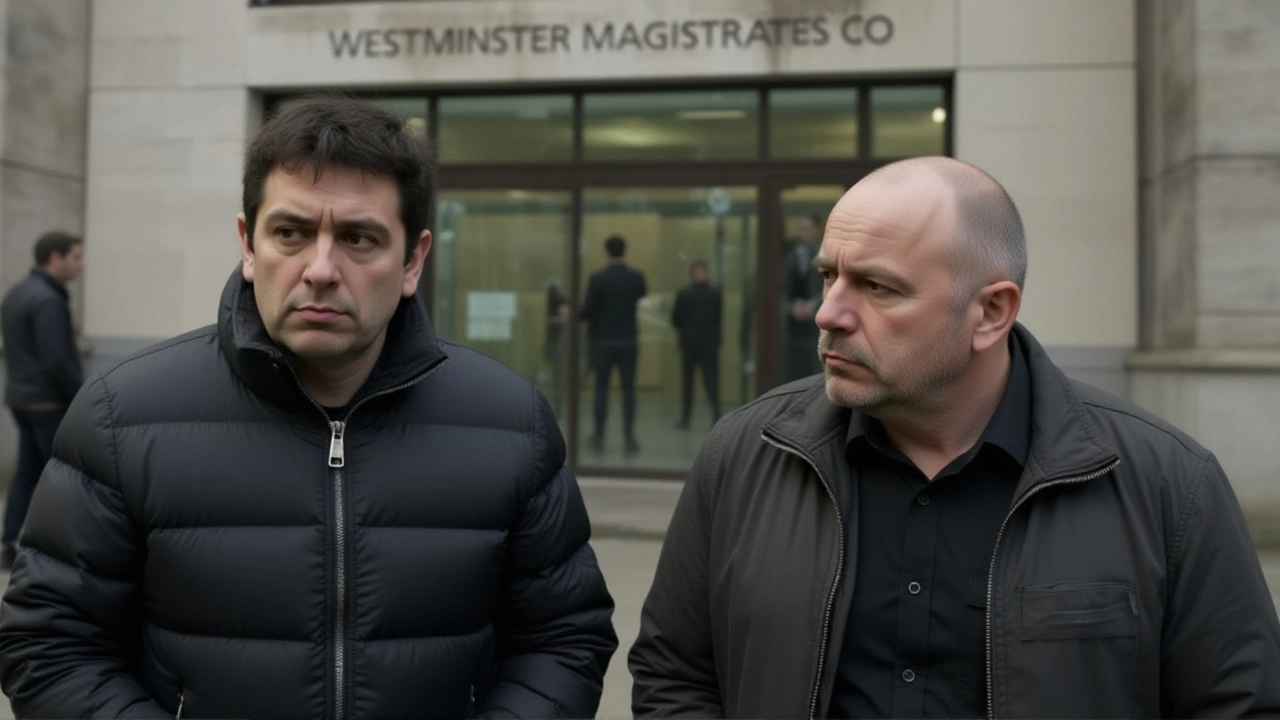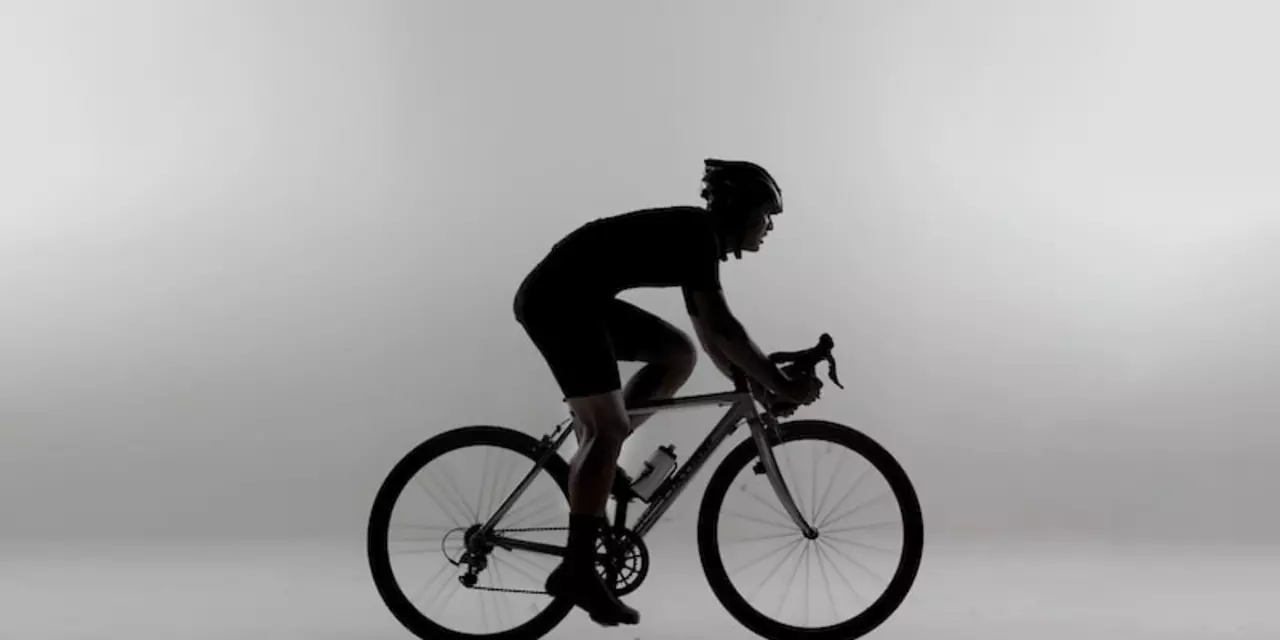Sports News – Is Professional Cycling Really Clean?
When you hear "professional cycling," you probably picture sleek bikes, huge crowds, and athletes pushing limits. But behind the excitement lies a decades‑long battle with doping. The question many fans ask is simple: is the sport clean today? The short answer is “not entirely,” but the effort to clean up the peloton is stronger than ever.
Why Doping Still Pops Up
Riders have always looked for an edge, whether it’s a high‑altitude training camp or a mysterious supplement. Over the years, substances ranging from EPO to blood transfusions have slipped into competition. Even with strict testing, a few riders find ways around the system—tiny micro‑doses, timing tricks, or hidden labs. Those loopholes keep the rumor mill turning, and fans stay skeptical.
How Testing Is Getting Smarter
Anti‑doping agencies aren’t standing still. New technology can spot banned substances in minutes, and the Athlete Biological Passport tracks changes in an athlete’s blood over months. If a rider’s values jump too far, they raise a red flag before a single test even detects a drug. This continuous monitoring makes it harder to hide long‑term cheats.
One recent breakthrough is the use of mass‑spectrometry chips that can detect trace amounts of performance‑enhancers in a drop of urine. Teams are also adopting in‑house testing, so a rider can be screened before leaving the hotel. The more eyes you have on a rider, the less chance they have to slip something past the officials.
But technology isn’t a magic wand. It still relies on athletes actually providing samples, and there’s always a lag between a new substance hitting the market and labs learning how to spot it. That gap gives clever cheat‑artists a window to experiment.
So where does that leave the average fan? If you’re watching a Grand Tour, you can enjoy the drama while knowing most riders are under intense scrutiny. The majority of professionals take pride in competing clean and risk losing sponsorships, contracts, and their careers if caught.
Looking ahead, the sport is betting on transparency. Some teams publish their own testing results, and the UCI (Union Cycliste Internationale) plans to make certain data public. When the community sees the numbers, it builds trust. Athletes who stay clean can finally get credit for their hard work without the shadow of doubt.
Meanwhile, the conversation isn’t just about catching cheats. It’s also about why riders feel the pressure to dope in the first place. High salaries, demanding race schedules, and the expectation to perform day after day create a perfect storm. Addressing those root causes could be as important as any lab test.
In short, professional cycling is cleaner than it was a decade ago, but it’s not spotless. The fight against doping is a mix of smarter testing, stricter regulations, and cultural change within the sport. As a fan, staying informed helps you appreciate the effort riders put in—whether they’re powering up hills or battling the temptation to cheat.
Keep an eye on the latest sports news here at Custom Cycle Hub. We’ll break down new testing methods, share riders’ stories, and keep you updated on the push for a truly clean peloton.
Former BBC Radio 1 DJ Tim Westwood was granted conditional bail after facing 15 charges of rape and sexual assault spanning 1983–2016 in London, reigniting scrutiny of historical abuse in British media following the Savile scandal.
Continue reading...
Professional cycling has been subject to doping allegations for decades. Despite testing, riders have continued to be caught using banned substances. New technologies have made it easier to detect doping, however some riders are still able to avoid detection. Despite the efforts of governing bodies to clamp down on doping, some believe that professional cycling is still not as clean as it could be. With the continued development of testing protocols, it is hoped that professional cycling can become a truly clean sport.
Continue reading...

